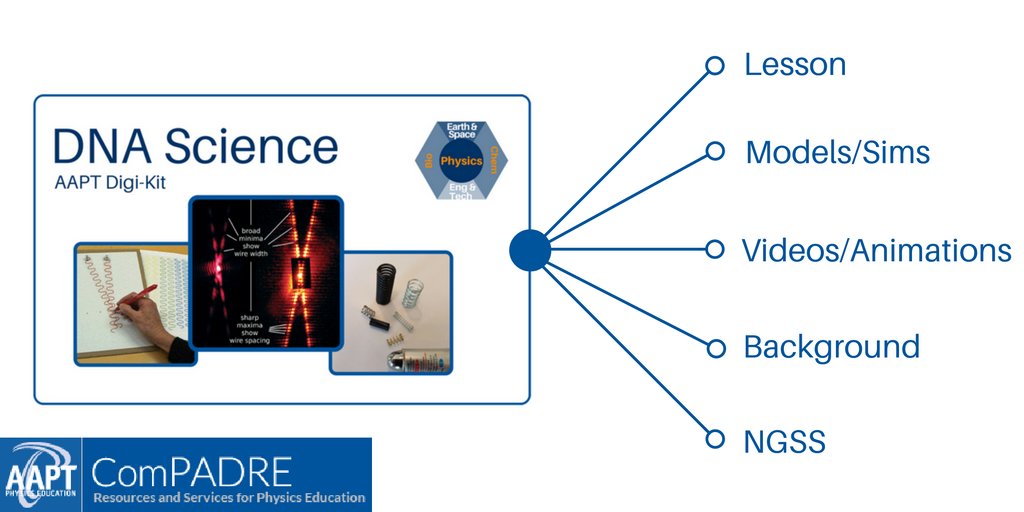The Physics Teacher
Volume 59 Issue 1
January 2021
Decoration to Demonstration: A New Point Source for 3D Ray Tracing
This month's cover showcases the use of a holiday laser decorative device as a point source for geometrical optics demonstrations. The beam paths are rendered visible upon the creation of a water-based fog throughout the classroom.
Since August 1, 2014, the submission process for articles for The Physics Teacher has required authors to submit their article and cover letter at this website: http:www.editorialexpress.com/tpt. Starting June 10, 2020, the submission process for articles for The Physics Teacher will change. On or after June 10th, authors should submit their article and cover letter at this website: http://tpt.peerx-press.org/.
Columns
And the Survey Says..., Astronotes, Figuring Physics, iPhysicsLabs, Little Gems, Physics Challenge for Teachers and Students, Fermi Questions, Talkin' Physics, Technology In The Classroom, Tricks of the Trade, Visual Physics, and Websights.
LETTERS TO THE EDITOR
Sex, Gender, and Physics Teaching: An ending and also a beginning by Gary White and Geraldine Cochran. DOI: 10.1119/10.0003003.
A correction, and an appreciation of Janet Guernsey by Carol Ann Tripp. DOI: 10.1119/10.0003004.
Papers
Decoration to Demonstration: A New Point Source for 3D Ray Tracing by Peter Harnish. DOI: 10.1119/10.0003006.
Climate in Physics Departments by Susan White and Rachel Ivie. DOI: 10.1119/10.0003007.
Shifting Participation Grade Policies to Value More Kinds of Student Engagement by Mary K. Chessey. DOI: 10.1119/10.0003008.
For Girls, “Just” Just Isn’t Scientific by Umairia Malik, David Low and Kate Wilson. DOI: 10.1119/10.0003009.
Voltaic Cells: The Good (Faraday), the Bad (Volta), and the Ugly (Galvani) by Wayne M. Saslow. DOI: 10.1119/10.0003010.
Why the Concept of Potential Energy Must Be Frame Invariant by Eugene Hecht. DOI: 10.1119/10.0003011.
Using Desmos to Understand the Difference Between Phase and Group Velocity by Carl E. Mungan. DOI: 10.1119/10.0003012.
Quantum Matter on the Table: A Pretty, Simple Hands-on Activity by James Day, Étienne Lantagne-Hurtubise, Alexander Sheyerman, Yu-Huan Theresa Liao and Char Hoyt. DOI: 10.1119/10.0003014.
Using a Radio Telescope for Developing Models in an Introductory Physics Course by John L. Makous and Kevin Bandura. DOI: 10.1119/10.0003015.
Enhancing Student Learning in Introductory Physics Through Funds of Knowledge by Liang Zeng and Guang Zeng. DOI: 10.1119/10.0003016.
A Simple Method to Measure the Local Geomagnetic Field Accurately in a First-Year Physics Laboratory by Si Wang, Shiqi Huang, Chenchen Liu, Ziqian Tang, Qingfan Shi and Jurgen Schulte. DOI: 10.1119/10.0003017.
Authentic Independent Investigations in High School Physics Laboratories by Chris Gosling. DOI: 10.1119/10.0003018.
Learning Physics with Refugee Children in Germany by Dan MacIsaac, Florian Genz and Michael Resvoll. DOI: 10.1119/10.0003019.
A Simple Way to Demonstrate Fluorescent Image by Employing a Conventional Microscope and Transparent Colored Acrylic Pieces by Ngo Khoa Quang. DOI: The Physics Teacher 59, 57 (2021); https://doi.org/10.1119/10.0003020.
Reviving the Gilley Board: Measuring the Index of Refraction of Water by Thomas B. Greenslade Jr.. DOI: 10.1119/10.0003021.
Further Understanding for Lissajous Figures by Tiandong Li, Ruotong Zhu, Huilin Jin, Hongchun Yang, Minghe Wu and Baohua Teng. DOI: 10.1119/10.0003022.
Physics Laboratory at Home During the COVID-19 Pandemic by Enrico Gianfranco Campari, Manuel Barbetta, Sylvie Braibant, Nitya Cuzzuol, Alessandro Gesuato, Leonardo Maggiore, Federico Marulli, Giovanni Venturoli and Cristian Vignali. DOI: 10.1119/5.0020515.
Race and Physics Teaching Collection Resource
DNA Science Lesson & Digi-Kit
Inspired by an article from The Physics Teacher, this multidisciplinary lesson and digital resource collection is based on How Rosalind Franklin Discovered the Helical Structure of DNA: Experiments in Diffraction (Braun, Tierney, & Schmitzer, 2011). Click the image to access this resource.



